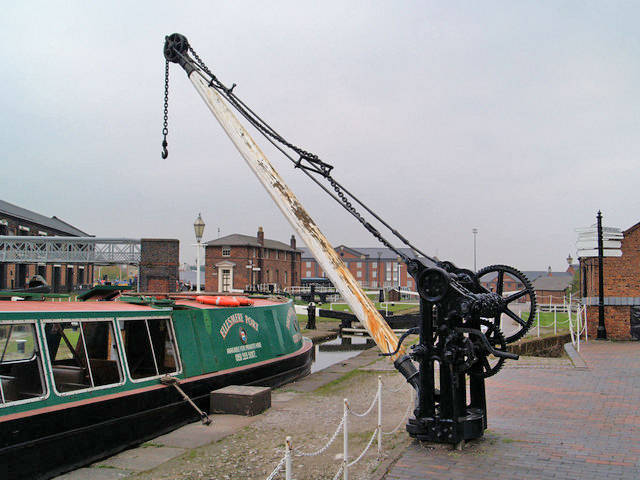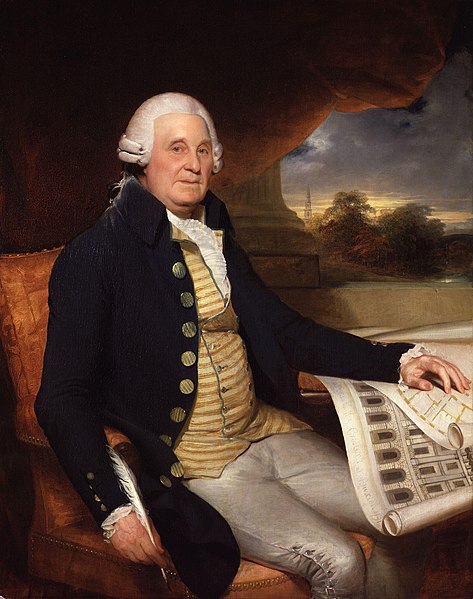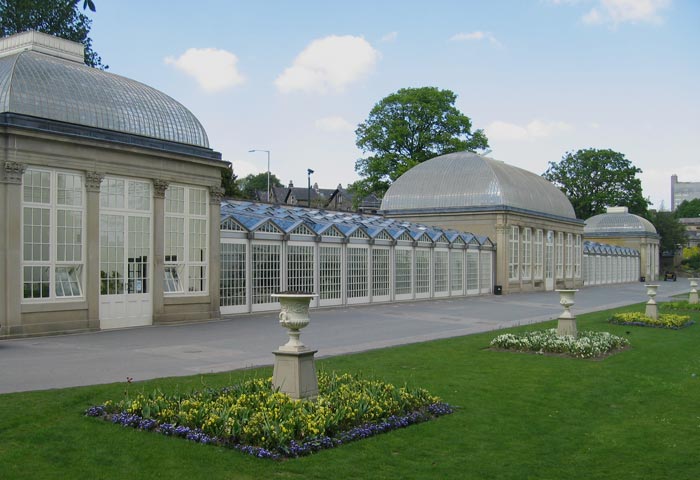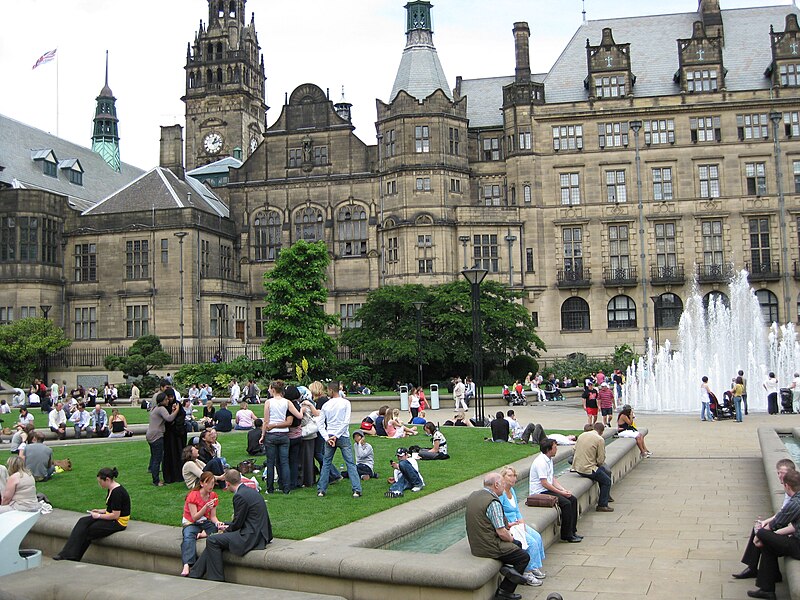Digital Hearing Aids Warrington – Cheshire Digital Hearing Aids
Almost a quarter of a million people live in Warrington in the North West of England. It stands on the banks of the River Mersey almost exactly half way between Liverpool to the West and Manchester to the East.
Warrington was made a ‘new town’ in 1968 when the population was only half as big. Essentially being designated a ‘new town’ meant Warrington would be developed and take the overspill from its two large neighbours.
There was already a thriving population in Warrington back in Roman times. As we know the Romans liked to establish an infrastructure, so the choice of location for Warrington was at the lowest crossing point of the River Mersey. After the Romans, the Saxons inhabited the area so that by the Middle Ages, Warrington had become an recognized market town.
Like many other towns in this area, Warrington really grew once the River Mersey was made navigable during the Industrial Revolution. This was followed by the expansion of the railways and the building of the Manchester Ship Canal.
Industry in the area
Since the Middle Ages it has been a centre for the production of both textiles and tools. As Warrington embraced the new industrial age, it became a centre for the production of steel and in particular wire, brewing and tanning and also the chemical industries. Its old link to textile production also continued. With the development of steam engines and the recognition of steam power, Warrington was quick to use it not only for transport but also to power its mills.
Warrington’s history with wars
The very last victory of the Royalists in the Civil War was fought and won here. St Elphin’s church is said to bear marks made by cannon balls from both sides as a result. The two conflicting armies – Oliver Cromwell’s and the Earl of Derby’s (the Royalist) – both stayed in the town. Cottage Restaurant on Church Street is believed to be where Cromwell stayed. Whilst Derby stayed close to what is now the Marquis of Granby Pub, according to the plaque displayed there. Cromwell’s army also fought off Charles II in the Battle of Warrington Bridge in 1651.
During World War II, Warrington was home to several service barracks. In fact the largest US servicemen’s base outside the USA was stationed here at Burtonwood RAF Base. It was actually opened in 1940 as a British RAF base used for servicing and storage. The USSAF took it over in 1942 and 18,000 servicemen were stationed here by the time the war was over. Visiting celebrities such as Bob Hope and Humphrey Bogart came to entertain the troops here. The base continued to be used for storage until 1993.
Interesting fact: houses, shops and a school were built to accommodate the American servicemen. The houses were called Tobacco Houses because the currency which paid the lease was American tobacco!
During the troubles in Northern Ireland, Warrington became the focus for two IRA bomb attacks. The first bomb exploded at a gas storage plant in the town. The second had more repercussions as the bomb blast in the town centre killed two children and seriously injured four people, whilst another 52 received lesser injuries. The children who died were three year old Johnathan Ball and Colin Parry who was twelve. Colin’s father Tim Parry has since set up a Peace Centre in memory of the boys.
Listen up!
The sound of those canons in the Civil War or the WWII aircraft could all have had an effect on the hearing of those close by. Hopefully no one reading this has suffered that kind of impairment. But if you are finding hearing difficult, we might be able to help. Just call Digital Hearing Aids on 01782 698090.
Who do you know?
With such a large population it is little wonder that a good proportion of the rich and famous hail from Warrington. See who you know from the list:
· The 18th Century natural philosopher Joseph Priestley taught at the Academy in the 18th Century
· The first mayor of Warrington, William Beaumont also founded the municipal library
· Banjo and ukulele player George Formby lived in Warrington
· Ian Brown, the lead singer of the Stone Roses was born here
· Actor Pete Postlethwaite was born here too. He started his career at the Everyman Theatre in Liverpool alongside Julie Walters, Bill Nighy, Antony Sher and Jonathan Pryce. He had a long career in films and TV appearing in some classics such as The Usual Suspects, Romeo & Juliet as Father Lawrence and too many more to mention
· Actress Sue Johnston of the Royle family and Brookside also hails from Warrington
· As does Chris Evans who is well known as a DJ and TV presenter
· Singer Kerry Katona once a singer with Atomic Kitten comes from Warrington
· As does Homes Under the Hammer presenter Martin Roberts
· It was also the birth place of comedian Pete McCarthy
· Record producer Pete Waterman lives near Warrington as does actor Andrew Wyment
· The dancer who won Britain’s Got Talent in 2008, George Sampson was born in Warrington
· The list goes on with Tim Curry, an actor and singer who was born here
· Chris Moyles sidekick Comedy Dave too
· Growing up in Warrington was the order of the day for the late fashion designer Ossie Clark
· And of course numerous sportsmen: cricketers the late George Duckworth, Neil Fairbrother; footballers James Chester and Stephen Foster, British champion jockey Paul Hanagan, racing driver Neil McGrath and Australian Rugby League player and selector, Bob Fulton
· Lastly the infamous Rebekah Brooks the journalist and ex chief executive of News International was at school here
How did you hear about us?
What do you know? Do you know for instance that you don’t have to suffer in silence with limited hearing? You don’t have to remain isolated from conversations or struggling to hear the TV. We can advise and test your hearing to see what help we can be. Why not give us a call on 01782 698090 for a chat and more information?


.jpg)

























.jpg/454px-James_May_(cropped).jpg)

















